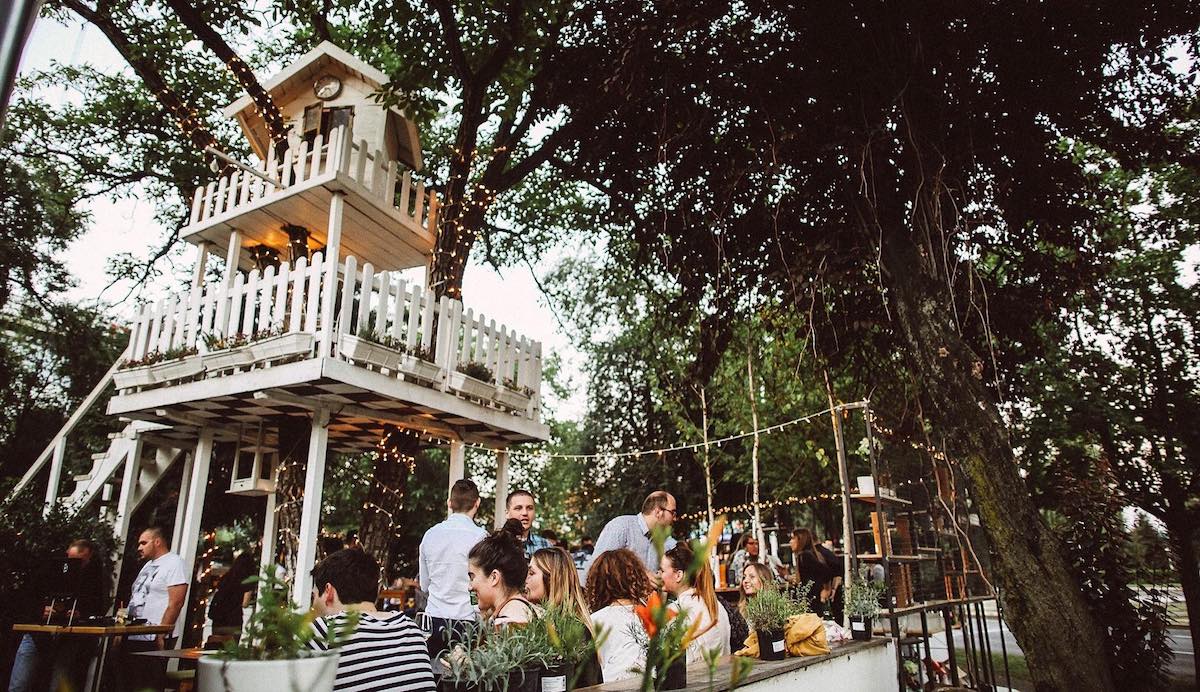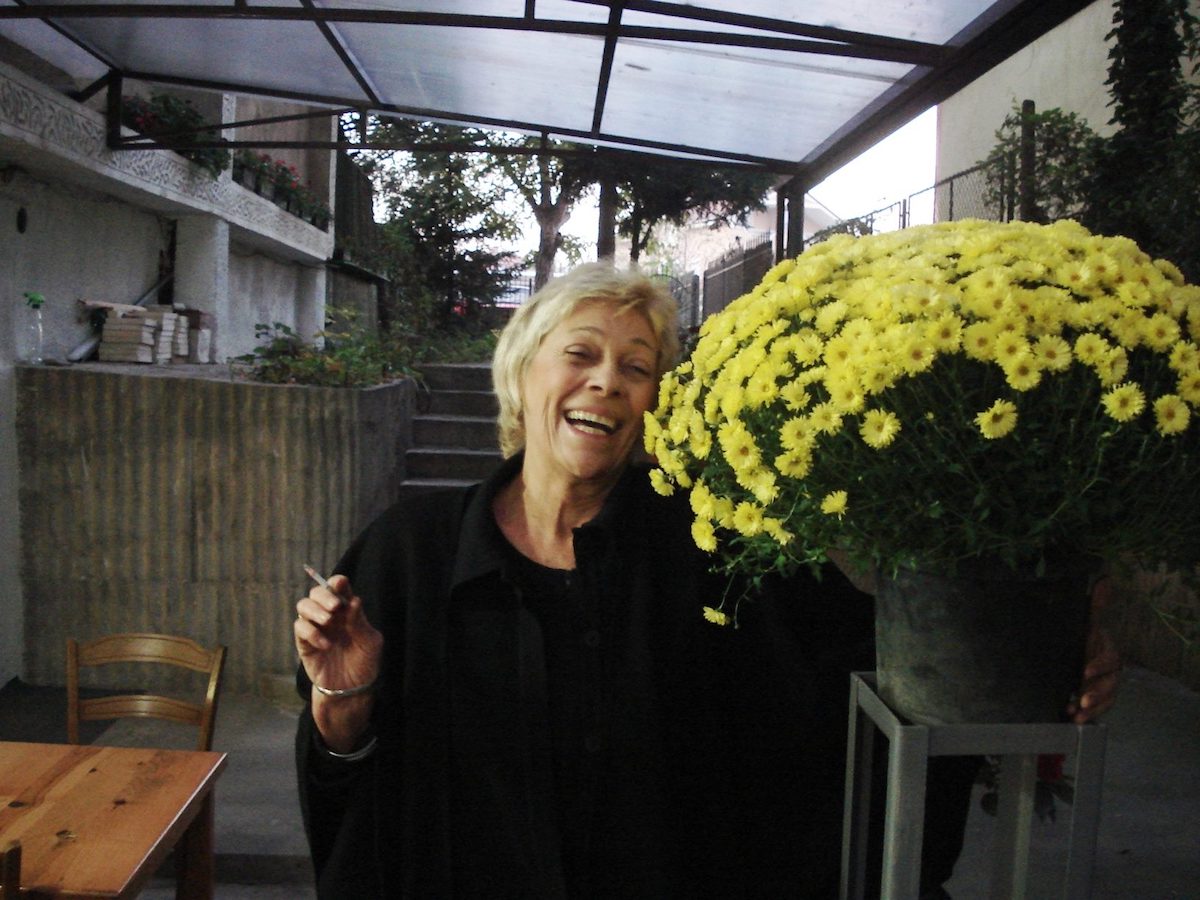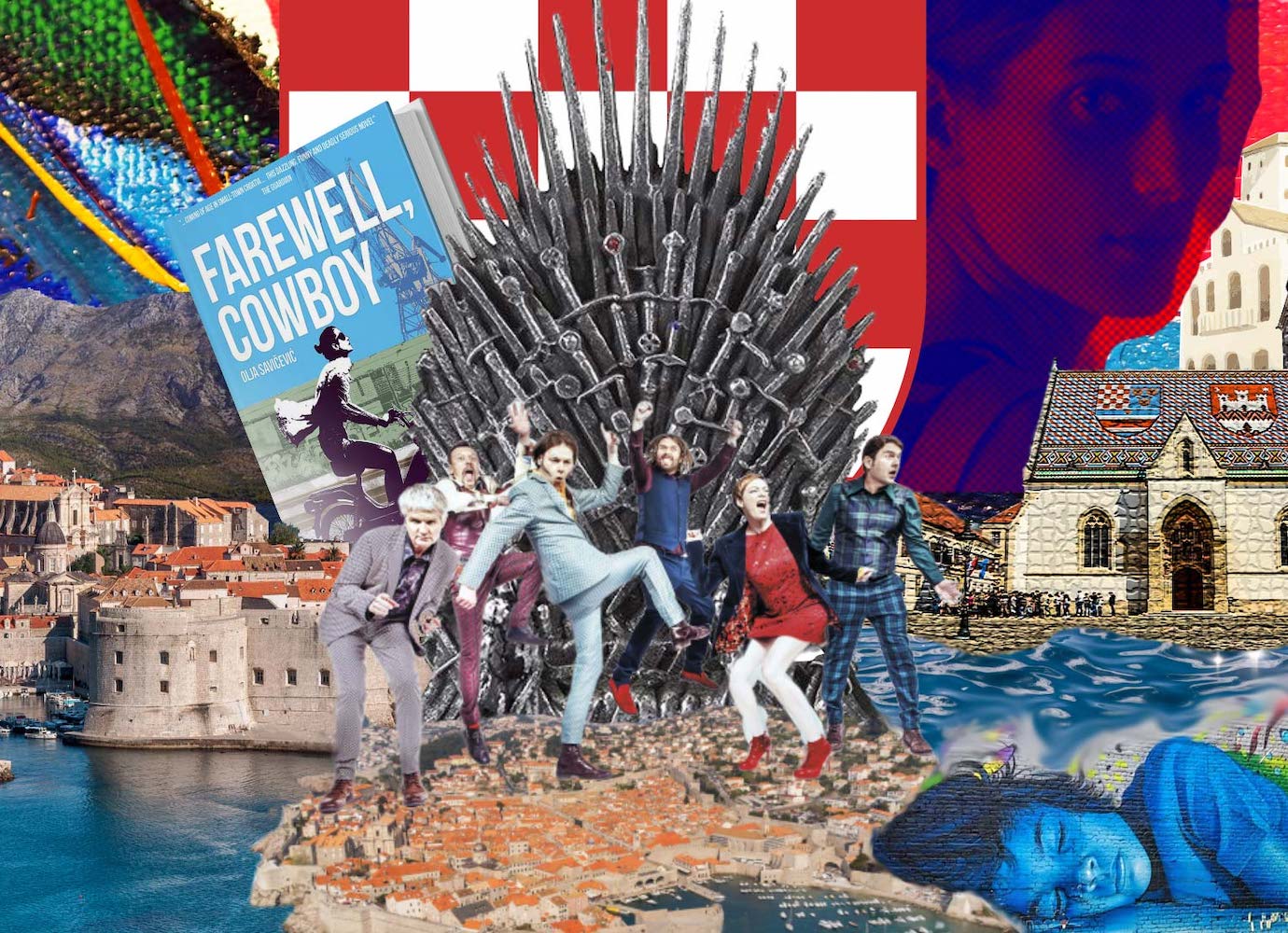Once Upon a Youth: the troubled photographer chronicling the hope of Zagreb’s 00s alt-scene
The latest documentary by director Ivan Ramljak celebrates the life and work of his friend, photographer Marko Čaklović. But it is also an ode to the new Zagreb that Čaklović helped to build and capture — where the country's youth tasted hope for the first time since the Yugoslav Wars.
There is something undeniably compelling about flicking through the photo album of someone we don’t know, piecing together their story through fleeting visual fragments. It’s a tantalising form of biography, a set of captured moments that invite us to speculate about the narratives beneath the surface. Once Upon a Youth (O jednoj mladosti), the much-praised new documentary by Croatian director Ivan Ramljak, offers a similar experience. Telling the story of Ramljak’s friendship with photographer Marko Čaklović, the film consists of an eighty-minute montage of Čaklović’s pictures.
Čaklović’s tragic death in 2006 at the age of just 27 lends a haunting, elegiac quality to the images on screen. But as well as being an intimate portrayal of a friendship, the film also chronicles a key period in the history of Zagreb, when the city’s youth rediscovered the power of alternative culture after a decade of nationalism, war, and economic lethargy.
“My generation suffered a lot: not directly from the war, because we were too young to participate, but from a post-war period of cultural paranoia”
Ramljak first met Čaklović in the late 1990s while volunteering at Radio Student, a station that gave them free rein to play the bafflingly obscure indie music with which they were obsessed. The pair went on to organise DJ events and film nights at Klub Močvara (or The Swamp in English,) an independent concert space which opened in May 1999 and quickly became a focus for the city’s alternative community. By documenting the emerging scene with his camera, Čaklović also became resident photographer for monthly magazine Nomad, a beautifully-crafted manual to Croatia’s alt-culture which flourished briefly between 1998 and 2003.
It was a period when Croatia dripped with potential. The national-conservative consensus that had dominated the country since 1990 appeared to be on its last legs; a more open, democratic future was beckoning. Franjo Tuđman, the leader who had overseen Croatia’s drive to independence and led the country through the 1991 -1995 war, died in December 1999. Presidential and parliamentary elections in January 2000 were won by the centre-left. Suddenly, anything seemed possible.
“It was a period full of hope at the end of a very depressing decade,” says Ivan Ramljak. “My generation suffered a lot: not directly from the war, because we were too young to participate, but from a post-war period of cultural paranoia. After Tuđman’s death at the end of 1999, and the elections of early 2000, we had a feeling that the country — very, very slowly — was moving in the right direction.”
As novelist, commentator and film critic Jurica Pavičić, succinctly sums up: “Once Upon a Youth starts out as an intimate portrait, the chronicle of the life and death of a friend. But it changes into something rather more than that, a generational statement about those born towards the end of the 70s: too young to have participated in the 1991 - 1995 war, but old enough for that war to have soured their youth.”
In revisiting these heady years, the film also marks Čaklović as one of the era’s most emblematic photographers. Čaklović documented almost everything he and his friends did in the late 1990s and early 2000s, leaving a hoard of over 15,000 photos that make a unique record of a particular time and place. Many of the people who passed through the Zagreb alternative scene at the turn of the millennium knew Čaklović, had been charmed by his quietly mercurial demeanour, and had quite possibly been caught by his lens. The realisation that this popular if slightly enigmatic young man had left a vast treasure-trove of images behind him is one of the reasons why the documentary has been so well received.
The film’s slow, mesmerising sequence of black-and-white images includes portraits, street scenes, pictures taken at rock gigs, and mementoes of the Adriatic-coast road trips that Čaklović and friends undertook every summer Narration comes in the form of interviews conducted with five people who were close to Čaklović: friends, lovers, and Ramljak himself. We hear the voices of the interviewees, but we don’t see them as talking heads on screen.
Each of the five interviewees is given time and space to work through their reminiscences. The film is like an unhurried, intimate gathering at which everyone gets to say their piece, rather than a swiftly-edited montage of impactful quotes. “I wanted to include the people who were closest to Marko in the period of time covered by the film (roughly 1996-2006), but also the people who featured most in his photographs,” Ramljak explains. “Recording the interviews was a very emotional process. It was like a form of collective psychotherapy; we were talking about the things that we had been avoiding for the last thirteen years. Marko was a genius artist, but he was also a troubled person. I wanted to show his art, but also to stress what can happen when people are unable to talk about their emotional problems.” Ramljak and Čaklović were virtually inseparable for an intense period either side of the year 2000, but then drifted apart. Ramljak wanted to move on from the spliff-induced haze of post-student bohemia; the increasingly withdrawn Čaklović was wrestling with demons of his own. The sudden nature of Čaklović‘s death created a burden that his friends have borne quietly ever since.
Once Upon a Youth‘s wistful pageant of black–and-white images succeeds in being both mournful and celebratory at the same time. Ivan Ramljak already has a reputation for producing moody, meditative cinema. His previous documentaries Kino Otok (Islands of Forgotten Cinemas, about the now dilapidated local cinemas scatted across Croatia’s islands), and Dom Boraca (Home of the Resistance, dealing with the hotel-cum-conference centre built to honour Yugoslavia’s World War II partisans), revelled in the poetry of long, static takes.
This film, however, is the first to deal with an intimate personal story; a story that has as much to do with Ramljak as with his friend Marko. “At first, I thought of leaving myself out of the film completely,” he explains, “but I quickly realised that it would be unfair to expect others to expose their emotions, while allowing myself the safety of the director’s chair.”
“We were not fully aware at the time that the war had left its scars on us, or that we were not quite living normal twentysomething lives. Or even that we were creating new cultural institutions. We didn’t realise that until much later”
Indeed, what makes the film so affecting is that it focuses on the personal, rather than offering a bow-by-blow chronology of a cultural scene in which Ramljak and Čaklović were significant players. Ramljak’s importance as a member of the team that managed Močvara, and Čaklović’s growing reputation as a video artist, are hinted at rather than proclaimed. “The initial intention of the film was to try and evoke the atmosphere of Zagreb at the end of 90s,” Ramljak declares. “In the first cut of the film we had a lot more scenes dealing with Radio Student and Močvara, but I realised they were dragging the narration away from what, for me, were more important, personal things.
“We were not fully aware at the time that the war had left its scars on us, or that we were not quite living normal twentysomething lives. Or even that we were creating new cultural institutions. We didn’t realise that until much later. I don’t see a problem in the film not having a wider historical or political context if it works as an intimate emotional story.”
The film was premiered at DokuFest in Prizren, Kosovo, where it walked away with the best Balkan documentary prize. Appearances at other European festivals in Bilbao, Poitiers and Sarajevo (all held virtually due to Covid-19) followed in quick succession.
Part of the film’s success lies in the fact that many of its themes have become relevant again. Following a 30-year rollercoaster of war, economic transition, recession and now Covid-19, young people in Croatia and Southeastern Europe are still left improvising their lives in unfavourable circumstances. People do not move smoothly from school and study to creative and professional fulfilment any more than they did in the 1990s.
One of the few sequences of film footage in Once Upon A Youth was shot on woozy VHS tape from the front seat of Ramljak’s car, some time in 1999. Ramljak and Čaklović are endlessly circling a large roundabout in the centre of Zagreb at night, just for the hell of it. Watching this from the perspective of late 2020, one has the uneasy feeling that we are still going round in the same circles.
“In Croatia, the elections of 2016 saw the return of a particular kind of radical conservativism,” Ramljak concludes. “There was a government blitzkrieg against the cultural, civil and media sectors, presided over by a doctrinaire minister of culture. This country is now very much back in the 90s. But as always, some new kids will appear and start something new; that’s just how things go in this part of the world.”


